is it possible to get "Two dimensional convolution" just like matlab "CONV2" function bu ilnumerics? and how to do it? ilnumerics can operate matrix like matlab as the same convinience. so if I have matlab code ,I can do the same with ilnumeris ,but the funcion "CONV2" in mathlab is so called "Built-in function" . by the way , my matrix may be 1660×521 size. here is the help document of "CONV2" in matlab.
% CONV2 Two dimensional convolution.
% C = CONV2(A, B) performs the 2-D convolution of matrices A and B.
% If [ma,na] = size(A), [mb,nb] = size(B), and [mc,nc] = size(C), then
mc = max([ma+mb-1,ma,mb]) and nc = max([na+nb-1,na,nb]).
% C = CONV2(H1, H2, A) first convolves each column of A with the vector
% H1 and then convolves each row of the result with the vector H2. If
% n1 = length(H1), n2 = length(H2), and [mc,nc] = size(C) then
% mc = max([ma+n1-1,ma,n1]) and nc = max([na+n2-1,na,n2]).
% CONV2(H1, H2, A) is equivalent to CONV2(H1(:)*H2(:).', A) up to
% round-off.
%
% C = CONV2(..., SHAPE) returns a subsection of the 2-D
% convolution with size specified by SHAPE:
% 'full' - (default) returns the full 2-D convolution,
% 'same' - returns the central part of the convolution
% that is the same size as A.
% 'valid' - returns only those parts of the convolution
% that are computed without the zero-padded edges.
% size(C) = max([ma-max(0,mb-1),na-max(0,nb-1)],0).
%
% See also CONV, CONVN, FILTER2 and, in the Signal Processing
% Toolbox, XCORR2.
